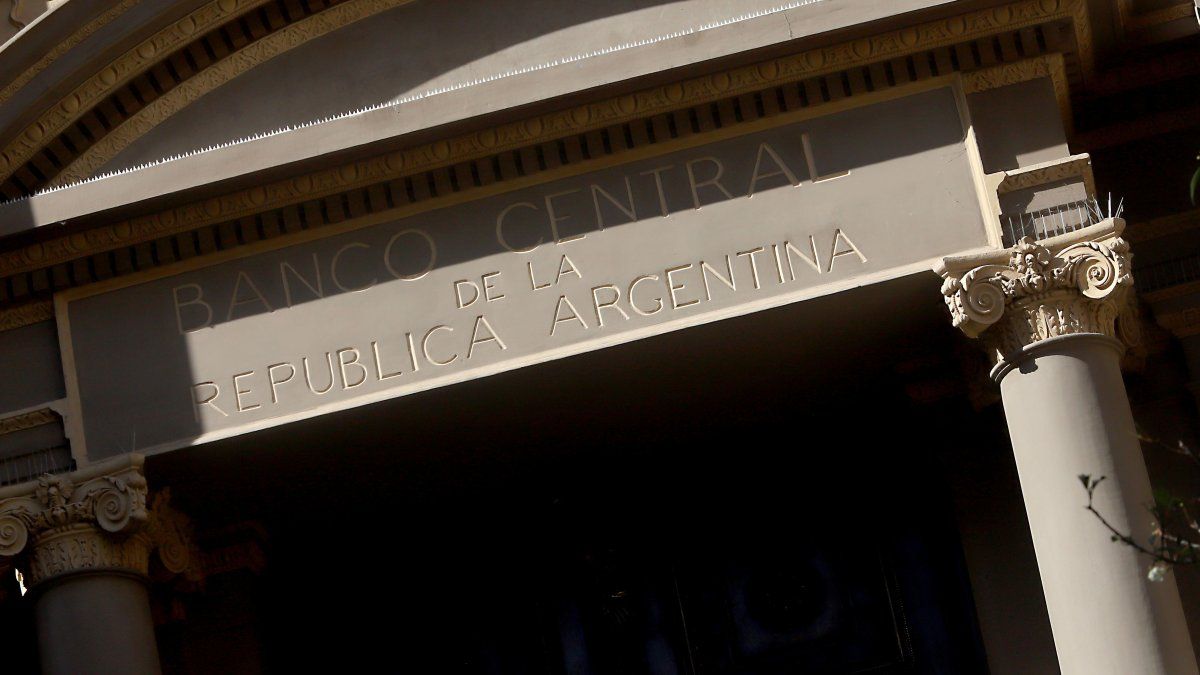From the important bank they highlighted that current rates are at attractive levels for Carry Trade strategies, although some risk is maintained if the exchange rate overflows.
After they stop recommending “Carry Trade” at the end of June, the renowned bank JP Morgan launched a recent report in which he goes back and highlights this strategy again since he maintains that, with nominal yields close to 40%, the rates returned to be at attractive levels although with a certain risk If the exchange rate overflows. However, they assured that The BCRA maintains a “credible roof” that contains that volatility.
The content you want to access is exclusive to subscribers.
So, The JP Morgan suggests buying the Bontam bonus expiration in December 2026. The report highlights its estimated annual performance of 37.35% and the differential it offers compared to similar instruments (such as Lecaps and Boncaps), since pay the maximum between nominal rate and variable rate (today in 40.9%). “The bontan can function as coverage if short rates rise again through monetary volatility. In addition, it provides duration in pesos without depending on inflation such as bonce, “they specified.


For JP Morgan, The devaluation close to 20% since the end of the stocks in April improved the real exchange rate, What made it more competitive and, in turn, reduces pressure risks over the dollar. Although the ITCRM is not historically cheap, they specified, they wielded that The adjustment was important and favors investments of Carry Trade and sectors linked to trade.
At the same time, the important investment bank indicates that the fiscal anchor remains firm, with a primary surplus of 0.9% of GDP to June and a solid deflation. Although elections generate uncertainty, they consider that part of the risk is already incorporated into prices. Its base scenario is that Milei and Libertad Avanza will maintain reasonable political performance.
Elimination of the Lefis, and up of rates: What reading did the JP Morgan do
In this report by JP Morgan, he explained the impact of the new monetary scheme in Argentina after the elimination of the Lefis:
- Greater volatility: when removing the lefis, A tool was removed that anchored short -term rateswhich generated more volatility until the market adapts to the new monetary regime.
- Transition to endogenous rates: Now the rates are determined by supply and demandwithout direct intervention of the BCRA, which seeks to encourage competition between banks and a deeper money market.
- Punctual liquidity peak: The excess weights generated by the elimination of Lefis was a specific event which was already corrected in part with the interbank rates (cione).
- Containment of excess liquidity: the BCRA is applying measures (such as More lace and auctions) to absorb surplus weights, hold high rates and avoid exchange pressure.
Source: Ambito
I am a 24-year-old writer and journalist who has been working in the news industry for the past two years. I write primarily about market news, so if you’re looking for insights into what’s going on in the stock market or economic indicators, you’ve come to the right place. I also dabble in writing articles on lifestyle trends and pop culture news.




